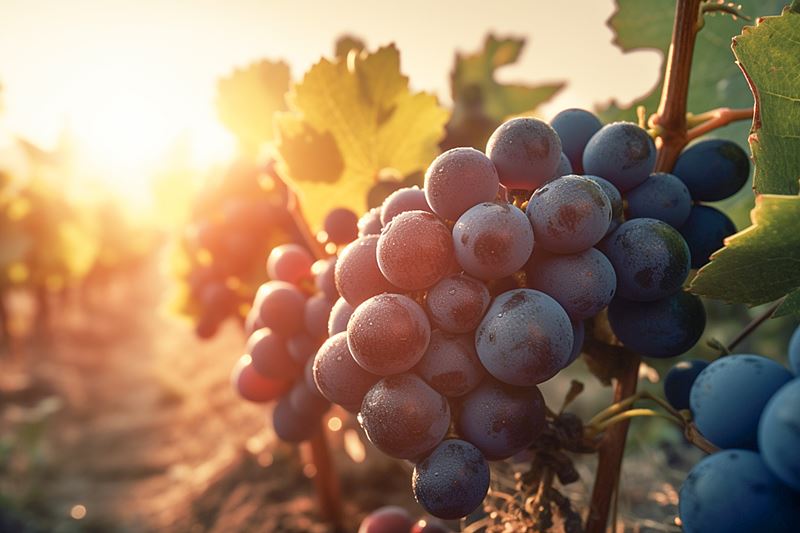Europe's vineyards are cultivating more than just grapes
The vineyards' contribution to Europe's economy and environment
2024-03-22

In the heart of Europe's rolling countryside, where vineyards stretch to the horizon and the air is heavy with the promise of a good year, there's a story brewing, one that's as rich as a well-aged Bordeaux. The European Committee of Wine Companies (CEEV) recently uncorked a bottle of good news in the European Parliament, revealing a report by PwC that's more intoxicating than a fine wine. This isn't just a tale of grapes and the people who turn them into wine; it's a saga of socio-economic resilience, environmental stewardship, and cultural heritage that's as complex and delightful as the wines Europe produces.
Imagine this: a sector that not only leads the international wine market with a 62% stronghold but also pours €17.9 billion into the EU's coffers from exports alone in 2022. It's a narrative where wine doesn't just grace our tables but also balances our trade, reducing the EU trade deficit by 3.7%. But the story doesn't end there. Vineyards, those picturesque parcels of land, are not just a feast for the eyes. They're 37% more profitable than other permanent crops, turning the simple act of growing grapes into a significant economic endeavor.
The plot thickens when we delve into employment. The wine sector, a blend of tradition and innovation, supports almost 3 million jobs and contributes €130 billion to the EU GDP. That's no small feat in an economy as diverse and dynamic as the European Union's. These jobs are not just numbers on a page; they're roles filled with passion, expertise, and a productivity that outshines other sectors. From agriculture to manufacturing to commercialization, wine industry employees generate more value per capita, making each bottle of wine a testament to their skill and dedication.
But what of the fiscal impact, you ask? The wine sector's contribution to government coffers is almost as heady as its beverages, with almost €52 billion generated in 2022. And let's not forget wine tourism, an emerging pillar of the industry that draws enthusiasts from around the globe, eager to sip and savor their way through Europe's vineyards, generating almost €15 billion in revenue.
Yet, this story is not just about the economic ferment; it's also about the green vines of environmental responsibility that weave through the narrative. Over 3.2 million hectares of vineyards stand as guardians of biodiversity, protectors against soil erosion, champions of water management, and a bulwark against fires. This is a sector that not only enriches our palates but also our planet.
Despite this bouquet of benefits, the wine sector faces challenges, from legislative hurdles to cultural battles. The recent pushback against wine, including proposed alcohol labeling in Ireland, has stirred a vat of controversy. The wine industry's reaction, especially in Italy, is a reminder of the delicate balance between public health initiatives and the preservation of a cultural legacy that dates back millennia.
The CEEV's report is more than just statistics and figures; it's a call to action to recognize and support a sector that is a vital thread in the fabric of European society. It's a reminder that harming EU wine is not just an economic loss but a blow to a culture that has been fermenting for centuries, enriching lives one bottle at a time.
So, as we raise our glasses to toast the accomplishments of the European wine sector, let's also ponder the role it plays not just in our meals, but in our lives, our economy, and our environment. Here's to the vineyards, the winemakers, and every hand that turns sunlight into the liquid gold that fills our glasses. Cheers to the resilience, the beauty, and the sustainability of Europe's wine sector.
Founded in 2007, Vinetur® is a registered trademark of VGSC S.L. with a long history in the wine industry.
VGSC, S.L. with VAT number B70255591 is a spanish company legally registered in the Commercial Register of the city of Santiago de Compostela, with registration number: Bulletin 181, Reference 356049 in Volume 13, Page 107, Section 6, Sheet 45028, Entry 2.
Email: [email protected]
Headquarters and offices located in Vilagarcia de Arousa, Spain.